Hindutva Strengthens Its Hold in India’s Wealthiest State
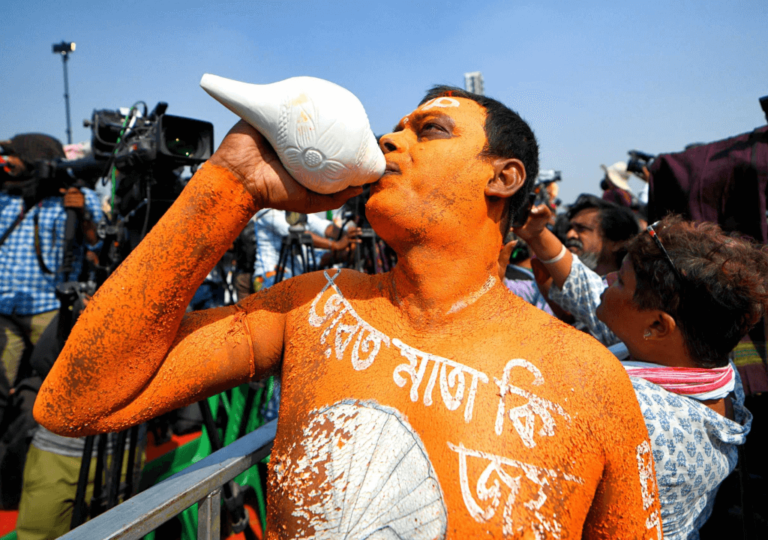
Maharashtra's BJP-led alliance wins 235 seats in the assembly election, securing a strong mandate for another five years

Maharashtra's BJP-led alliance wins 235 seats in the assembly election, securing a strong mandate for another five years
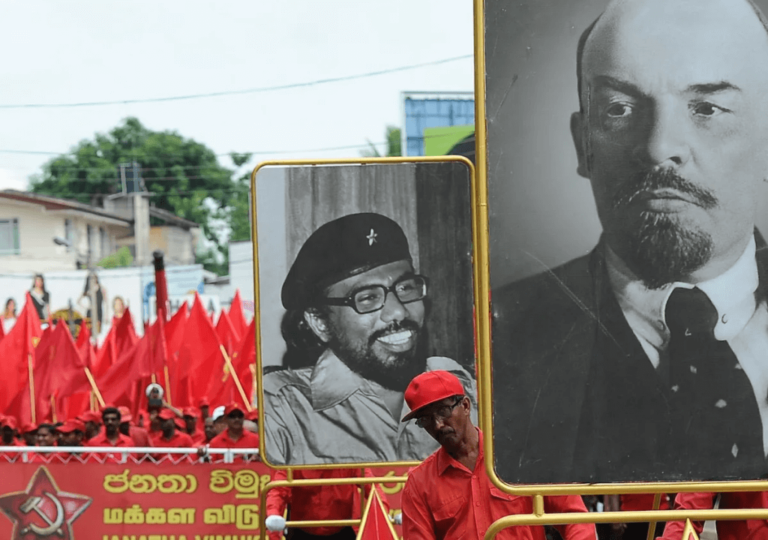
Sri Lanka's communist party, JVP, wins a historic supermajority, reshaping the political landscape under President Anura Dissanayake
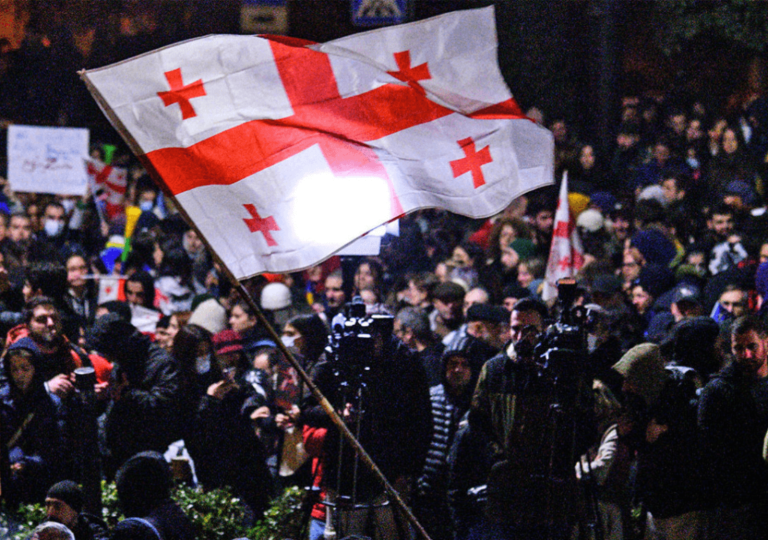
Georgia's parliamentary elections on October 26 saw Georgian Dream secure a landslide victory, despite accusations of electoral fraud from the opposition
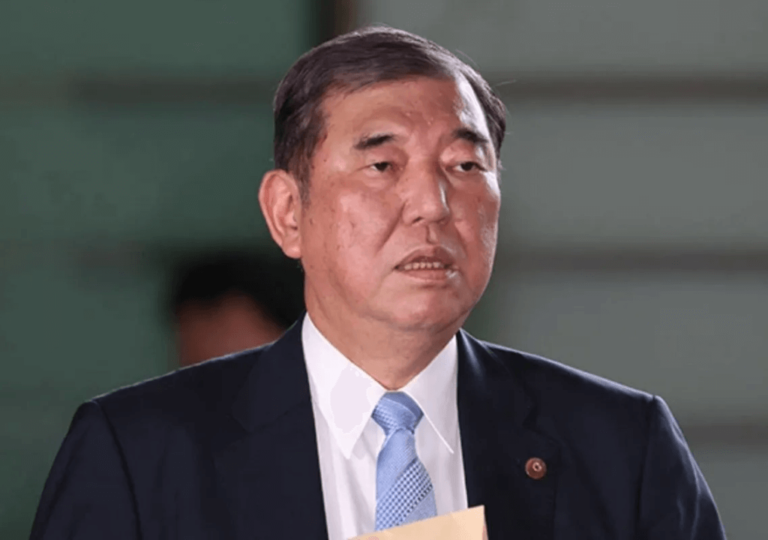
Japan's Prime Minister Shigeru Ishiba faces political instability after his party's significant election loss, losing its parliamentary majority for the first time since 2009
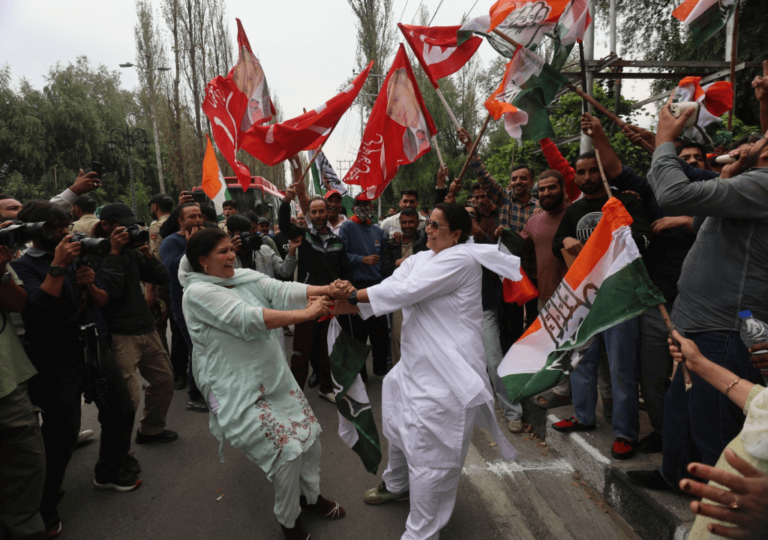
The National Conference and Congress alliance won a majority in Jammu and Kashmir, marking a setback for the BJP
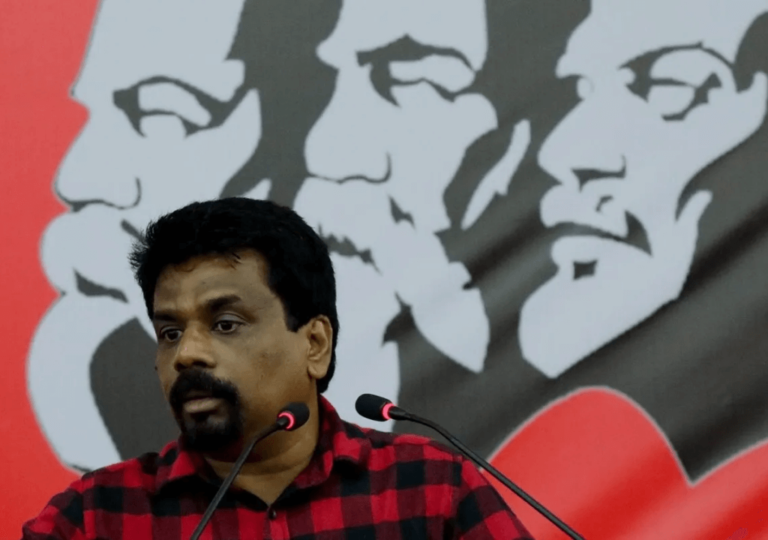
Sri Lanka's President Anura Kumara Dissanayake has dissolved parliament, calling for elections on November 14 to consolidate power
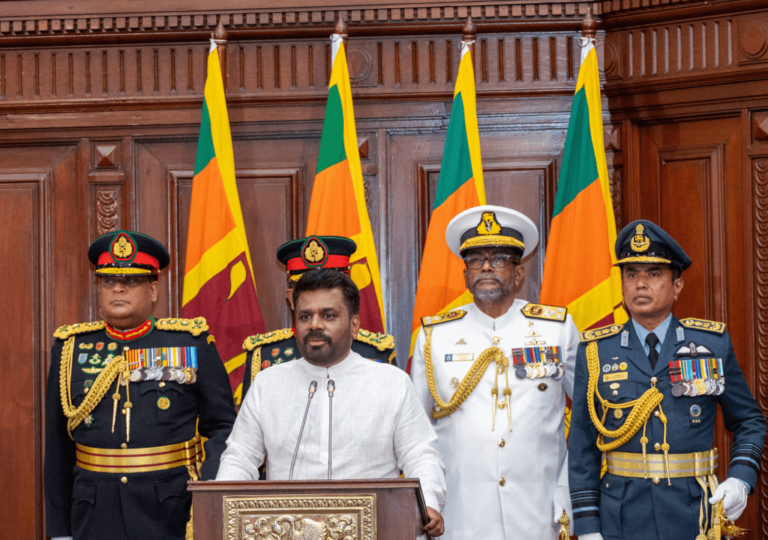
Anura Kumara Dissanayake has been inaugurated as Sri Lanka's new president, promising accountability and a break from political corruption
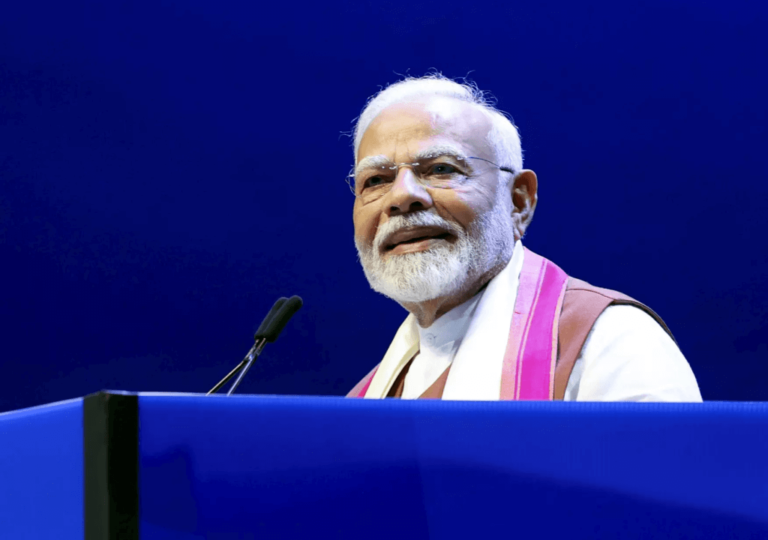
The BJP is fighting hard in the ongoing Jammu and Kashmir assembly elections, confident of securing a majority government this time
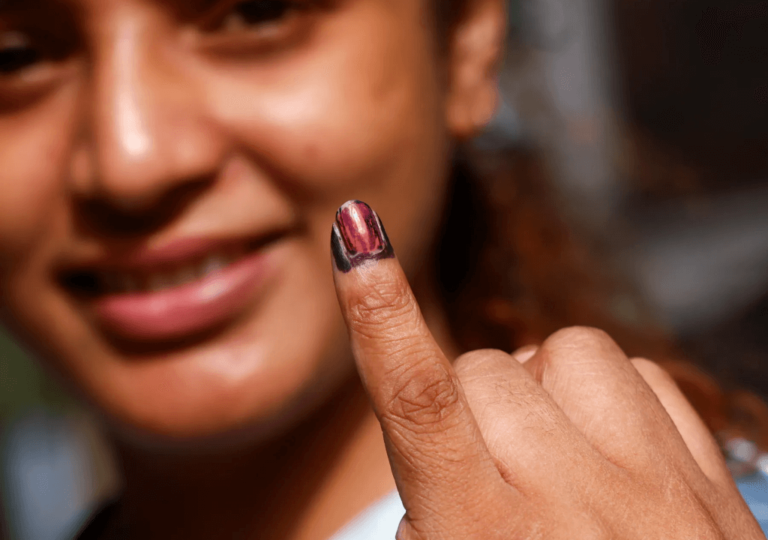
Sri Lanka holds a pivotal presidential election today amid ongoing economic turmoil and disillusionment with traditional politics
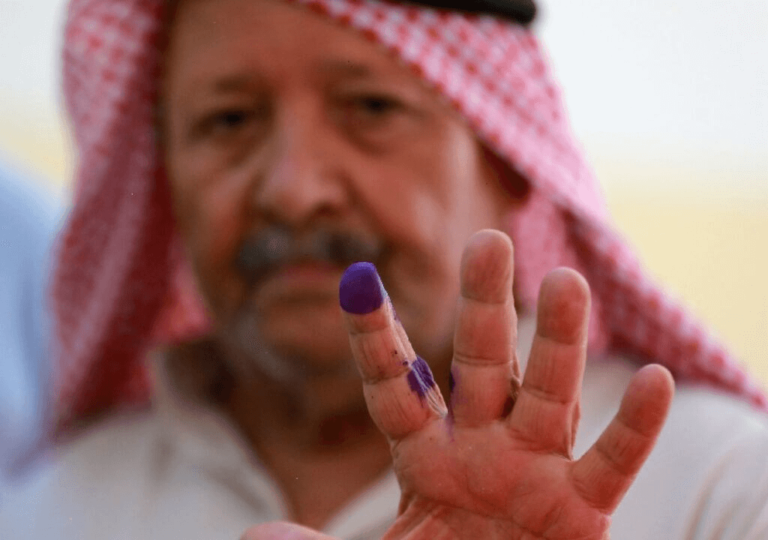
Jordan's parliamentary elections saw the Islamic Action Front secure 31 seats, reflecting voter frustration with the political status quo